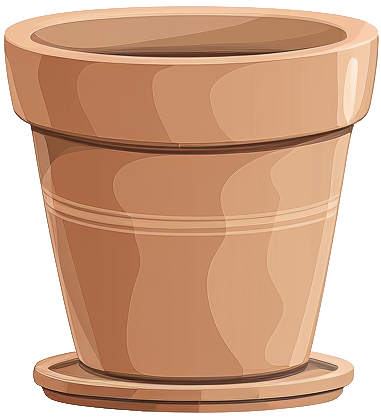- asplenium
- antiquum

asplenium
antiquum
antiquum
Care level
Medium
Popularity
Niche
The glossy, strap-like leaves grow in a striking rosette pattern, creating a living bird's nest shape that catches water and nutrients. Each leaf can reach impressive lengths while maintaining its elegant arching form, making it look like a fountain of green ribbons.
Care & maintenance
Light
All areas of your interior that are roughly equidistant between shade and sun. These areas benefit from slight brightness throughout the day.
Temperature
Wide range (50°F - 86°F)
Fertilization frequency
Low
Once per season.
Soil
Choose a Fern mix: A moisture-retentive yet well-aerated substrate. Provides the consistently damp, humus-rich environment that ferns thrive in while preventing waterlogging.
If you want to create your own substrate, you can make a mixture of the following soils:








Click on the soil name for more information.
Pot

Standard size
Prefer a pot with a classic width/depth ratio.
Incorrect or incomplete information?
In our goal of building the best plant database, we sometimes make mistakes or have incomplete information. You can help us fill these gaps!
Features
Size & growth
Medium
Upright
Slow growth
This plant grows slowly. It can reach 1 to 3 feet in height or spread.
It grows upwards without support.
Toxicity
| Cat | |||
|---|---|---|---|
| Dog | |||
| Human |
Reproduction & propagation
Fruits & flowers
Non-flowering & not self-pollinating
The asplenium antiquum cannot produce flowers and therefore fruits.
This plant is not capable of self-pollination, it will not be able to produce fruits if it is not pollinated by another individual.
